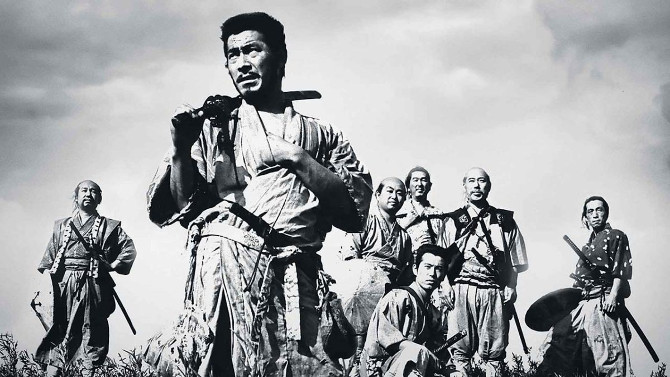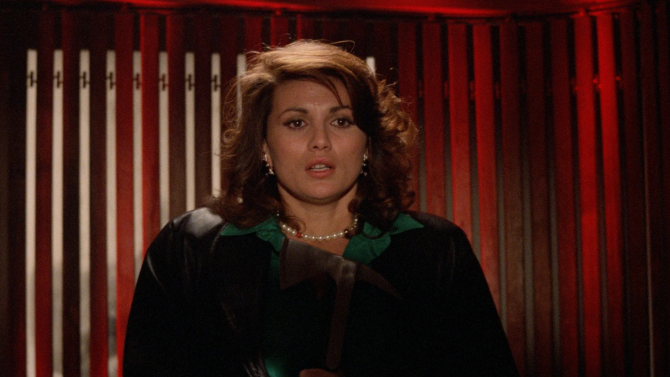
A Different Type of Photobomb
Some might know that icon Mario Bava is often considered to be the first filmmaker to make a giallo with 1963's The Girl Who Knew Too Much... though unless you’re a big fan of the genre, many will probably not know that his son, Lamberto Bava, continued on with the gialli tradition well past its heyday in the early 1970s – releasing a number of horror tinged mystery thrillers, including today’s Delirium (1987)... sometimes also known as The Photo of Gioia. Welcome to what very well could be the Italian rival of Hugh Hefner’s Playboy, fluffily called Pussycat – a high end nudie magazine that brings some class (and a bit of kitsch) to artistic nude photography. Run by former supermodel Gloria (Serena Grandi), she inherited the business when her husband tragically died.
-
Star Pick with Jason Momoa
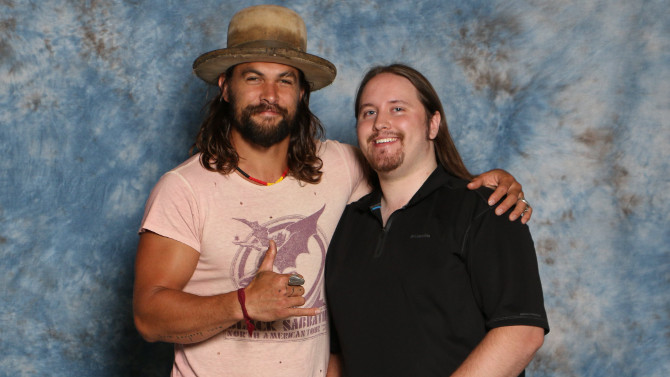 Magnificent SamuraiSeven SamuraiJanuary 8, 2019
Magnificent SamuraiSeven SamuraiJanuary 8, 2019With a towering warrior frame, Jason Momoa is a rare actor whose size onscreen matches his larger than life build in person (no offense to other stars, but usually, for whatever reason, height is not one of their trademarks). Yet, despite his imposing height and breadth, he is chill and zen when you meet him – a relaxed, calming presence. Momoa has quickly built up his star status, most wholly unaware of his time on Baywatch (44 episodes, no less), often forgotten in his role on Stargate: Atlantis, or his turn in the remake of Conan the Barbarian, most thinking his take on Khal Drogo (on the surface, a savage barbarian, Momoa built a fascinating, multi-faceted character) in Game of Thrones was his first major performance. . . and since, he has made intriguing, surprising, and most importantly, quality choices with his career – splitting time between film and television. Eccentric roles in B movies like Bullet to the Head and The Bad Batch, or selecting the Canadian series Frontier (where he plays a part-Native outlaw involved in the fur trade), fit the man like a glove, personas that meld with the actor, for even his most recent win, that of Arthur Curry, better known as Aquaman (currently, as of January the 8th, 2019, the number one film in the world), could have been considered a risky bet. . . for the underwater superhero has often been the joke of the industry (remember Vincent Chase’s lack of interest in Entourage) – after all, he swims around the ocean talking to fish, yet Momoa (and director James Wan) have made the hero cool again – a slick, at times comedic warrior hero in the vein of King Arthur or Indiana Jones.
-
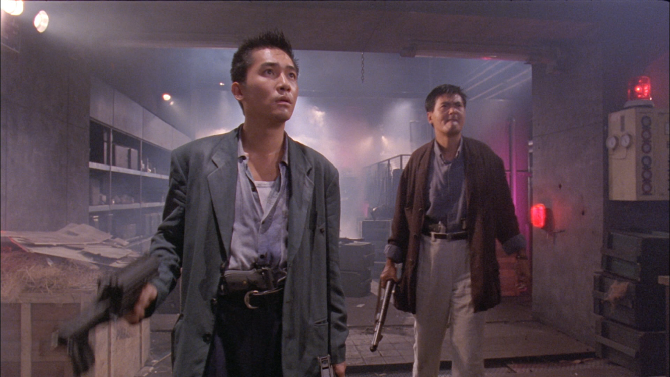
This One Will Go Over-Easy
Hard-BoiledDecember 17, 2018With a title that brings to mind the film noirs of yesteryear, or, an egg for that matter, 1992's Hard-Boiled is an action packed extravaganza from writer/director John Woo (his last bombastic Hong Kong feature before heading over to Hollywood). With a score that often surprisingly leans to the jazzy side (composed by Michael Gibbs), providing a noirish vibe to be sure (the at-times harsh lighting does not hurt either), Woo actually originally set out to create some sort of unique cross between Dirty Harry and Bullitt (a self professed lover of Clint Eastwood and Steve McQueen), and, if you amped the action up to eleven in both of these films, you’d have something along the lines of Hard-Boiled.
-
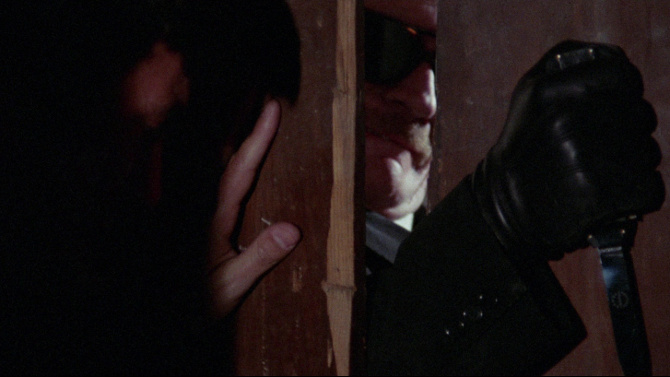
Deathly Sting
The Case of the Scorpion's TailNovember 11, 2018The Case of the Scorpion’s Tail – no, not a Hardy Boys’ adventure, rather, another unique giallo, directed by Sergio Martino (Your Vice Is a Locked Room and Only I Have the Key), a 1971 mystery thriller that may have more would-be stalkers than any other film in the annals of history. From a story by Eduardo Manzanos (icon Ernesto Gastaldi came in to build the screenplay, with Mazanos and Sauro Scavolini also getting credit), the twist-filled narrative pulls from both Alfred Hitchcock and Henri-Georges Clouzot’s Les diaboliques, as well as unbelievable real life stories that lined the newspapers . . . Martino imbuing it all with a tense, mile-a-minute pacing.
-

Unscramble This
Who's ThereOctober 12, 2018Special delivery – a five minute journey into a world devoid of science and logic, writer/director Roman Bubnov pits a mysterious, gift-giving force against a woman in an intriguing little Russian short film – Who’s There (2018). A twenty-first century Hitchcockian blonde (Darya Yanvarina) – ear buds in, phone attached to hip; a beautiful mystery, so alluringly aloof. . . a woman placed in a dire situation, she receives a text from source unknown, asking if she got the said sender’s present.
-
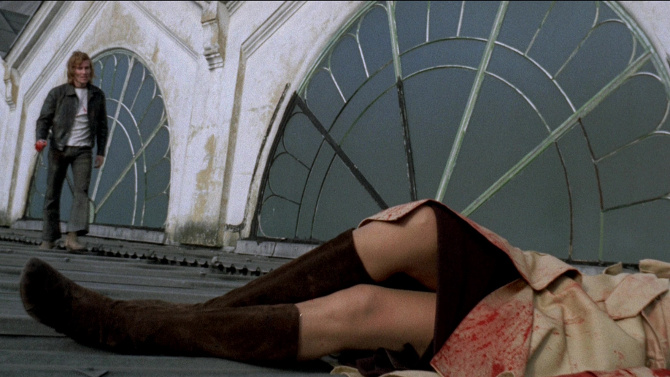
Shedding Your Skin
A Lizard in a Woman's SkinSeptember 28, 2018What looks to be an open and shut case, Lucio Fulci perverts a seemingly simple murder mystery with suspicious individuals and numerous red herrings in 1971's intriguingly titled giallo, A Lizard in a Woman’s Skin. Carol Hammond (Florinda Bolkan) is a bored London housewife, married to her staid husband, Frank (Jean Sorel), mother to an ungrateful step-daughter, Joan (Ely Galleani), and daughter to a famed lawyer and big time politician, Edmund Brighton (Leo Genn). Haunted by her subconscious, she often dreams that she has found her way over to her wild-child next door neighbour’s pad, Julia Durer (Anita Strindberg) – a sex-kitten known for throwing massive drug-fuelled orgies. Fulci perfectly encapsulates the situation with an amazing transition – visions of her dreams cut to her husband using a nut-cracker at one of their typically boring dinners, as well as a nicely used split screen shot.
-
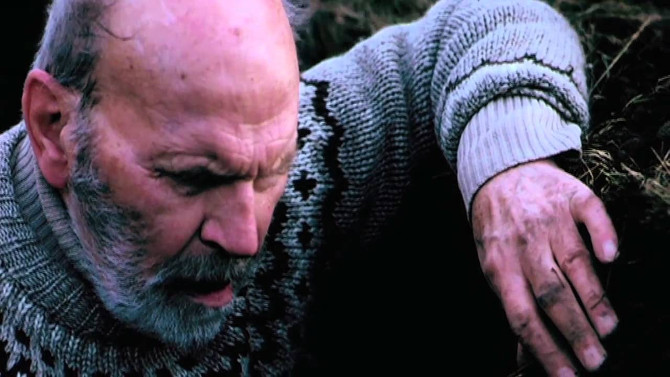
I Did It My Way
The Last FarmSeptember 7, 2018A meditative piece on aging, Rúnar Rúnarsson’s 2004 short film The Last Farm, out of Iceland, depicts a situation in which many of us will one day find ourselves in. . . old and decrepit, losing our freedom as we are forced out of our homes for a much more costly imitation of it. Hrafn (Jón Sigurbjörnsson) is an elderly man who has done it his way. Loving life on his little plot of farmland, it is stark yet beautiful, cold yet alive – a frigid ocean property surrounded by hilly mountains and dales, the meeting of land and sea picturesque in all of its challenges. . . unspoiled water and terrain for as far as the eye can see.

